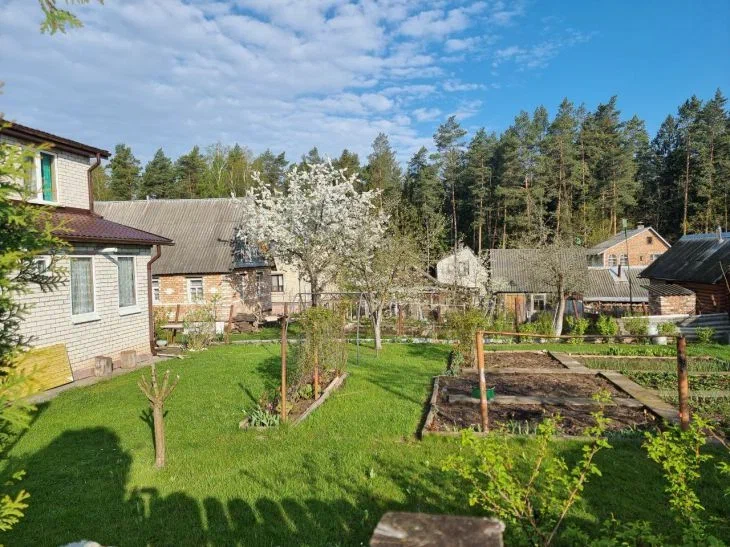Now it’s clear why in the USSR dachas were exactly 6 hundredths of a hectare: everything was calculated to the meter
For a Soviet person, a dacha and six hundred square meters had the same meaning.
This was the size of the land allotment that was given to anyone who wanted to create their own personal corner for country recreation.
In those days, the majority of the population lived in a queue. In a queue for a car, for furniture, for other household items.
Obtaining a plot of land also required following a queue if there were no benefits.
But why six hundred square meters?

It turns out that this value owes its origin to the scientist Vitaly Edelstein, the author of the book “Individual Vegetable Garden”, an activist of the All-Russian Scientific Research Institute of Vegetable Growing.
At the beginning of his career, he was a professor and head of the department of horticulture and vegetable gardening at the Moscow Agricultural Institute.
On the basis of the institute, he created a gardening station and became its director.
In the mid-1940s, he systematized all his accumulated knowledge in the field of gardening and published the book “Individual Garden”.
In it, Edelstein explained which crops should be grown and in what quantities.
The professor named potatoes, onions, carrots and rutabagas as the most important.
It was also recommended to grow cucumbers, tomatoes, cabbage and legumes.
Based on the fact that at that time there were 500.7 kg of vegetables per capita per year, the professor made the following calculation.
To grow exactly this amount of food, 124.5 square meters of land are required.
The figure was then converted into a family coefficient, which ranged from 3.9 to 4.3 people per family.
There was also space for planting garden trees and other needs, which ultimately resulted in the coveted six hundred square meters.
A corresponding resolution was soon adopted.
Despite the fact that the nutritional value of vegetable crops has been repeatedly revised since then, citizens continued to receive their six hundred square meters until the collapse of the USSR.
